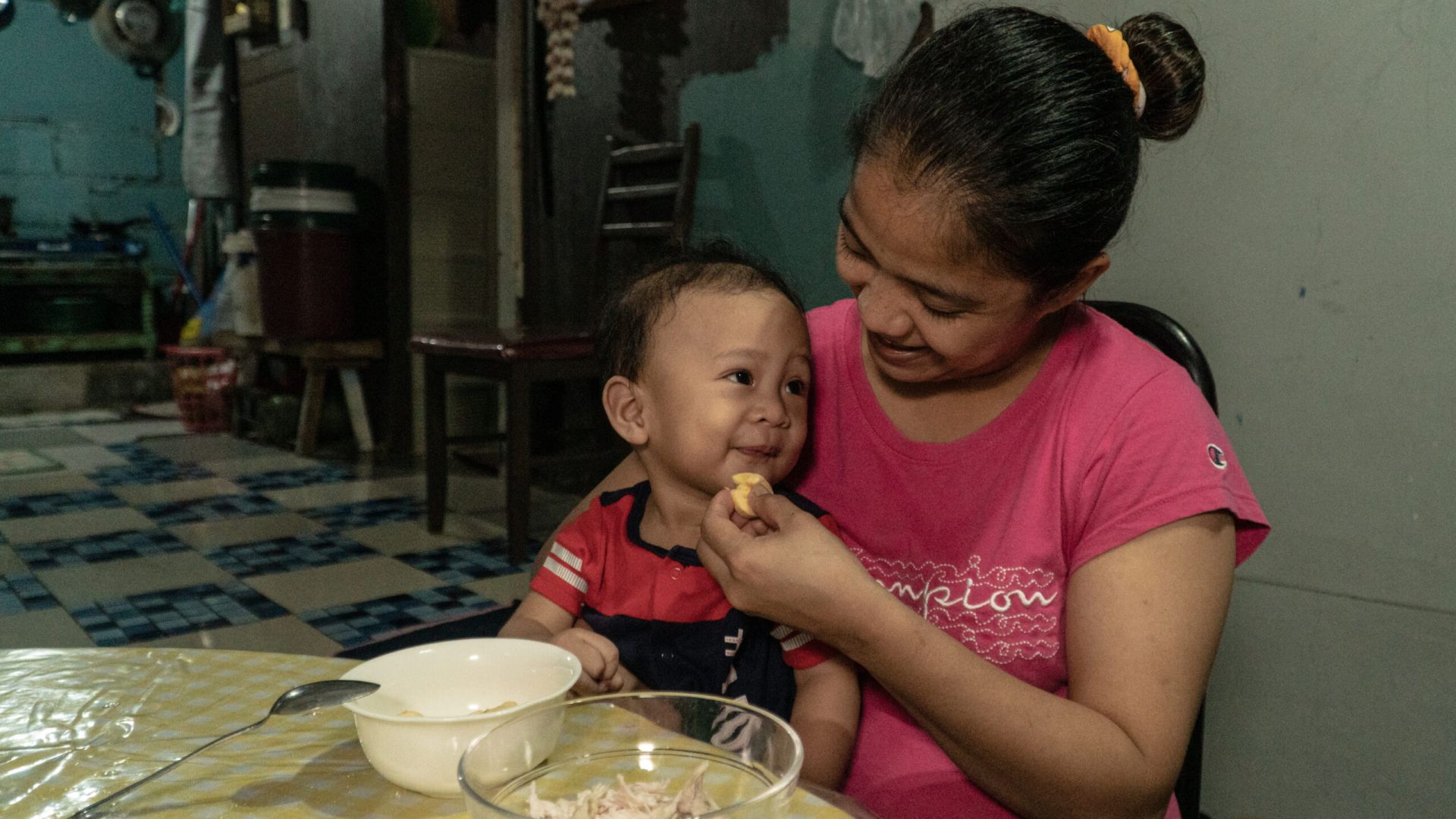UNICEF Philippines and the Consortium for Improving Complementary Foods in Southeast Asia (COMMIT) study has found that more than one-third of commercially produced packaged foods for children aged 6 months to 3 years in the Philippines contain added sugars or sweeteners. Additionally, there is widespread use of potentially misleading and deceptive labelling and lack of strict government regulations around product composition and sale. This comes as the country has seen its number of overweight children triple since 2003, a figure classified as “high” according to global standards.
The Philippines is facing a triple burden of malnutrition, characterized by the simultaneous occurrence of stunting, wasting, micronutrient deficiencies, and a rapid increase in overweight and obesity among children.
“Children have a right to good nutrition. Without updated and enforced food regulations to protect children, they will consume more unhealthy foods that have high sugar content and sweeteners. This can displace needed essential nutrients, harm their dental health, and cause them to prefer unhealthy food later in life, leading to obesity and non-communicable diseases such as diabetes, and heart diseases” UNICEF Representative to the Philippines Oyunsaikhan Dendevnorov said.
The COMMIT study assessed a total of 182 infant cereals, purees, snacks, and ready-to-eat meals marketed to infants and young children in the Philippines. The study found that:
⦁ More than a third of these products sold include added sugars or sweeteners.
⦁ No product labels included Filipino language, making it difficult for parents and caregivers to understand and interpret the information in the labels.
⦁ Unhealthy products are marketed and promoted as suitable for consumption by young children 6 months to 3 years.
⦁ Most of the products are within the recommended sodium thresholds.
⦁ Nearly all dry or instant cereal products are fortified–but fortification levels often do not meet the recommended standards.
⦁ A quarter of the food products do not include a recommended minimum age of use of at least 6 months.
⦁ Only 2 per cent of the product labels include messaging on the importance of continued breastfeeding.
⦁ Product labels often include claims on product composition or nutrient content, such as “no artificial colours” and “100 percent natural.”
Commercially produced complementary foods are a common part of the diets of young children in the Philippines, with 83 per cent of mothers from urban areas reporting they provide these foods to their young children daily.
In their decision-making process, 90 per cent of mothers pay attention to product labels. The factors influencing their choice are a) nutritional value (84 per cent); b) health information (83 per cent); c) quality of ingredients (76 per cent); d) mix of ingredients (68 per cent); e) low or no added sugar (45 per cent) and low or no salt (44 per cent). Only 26 per cent of mothers reported providing commercially produced complementary foods because of “nutrition” or “it is good for their child’s development”, the study revealed.
UNICEF and COMMIT partners are calling for:
⦁ Improved government regulations for commercially produced complementary foods, including prohibiting the use of added sugars and sweeteners, limiting sugar and sodium content, and prohibiting misleading marketing and labeling.
⦁ Strict government monitoring and enforcement of national regulations on commercially produced complementary foods.
⦁ Support for parents to provide a diverse array of nutritious food to their youngest children by making healthy food available and affordable and help them navigate deceptive marketing and labelling practices.





